DUI: Representation Through Jury Trial
I’d like to talk about a gentleman I recently represented through jury trial. I’ll call him Ken. Ken was stopped in Santa Monica, California for driving under the influence and arrested by the California Highway Patrol. He was stopped because he made an illegal left turn from the middle of the street after being stopped at a green light for about 15 seconds. The CHP police car was equipped with a mobile audio-video recording system, which is a Dashcam that recorded the stop and the detention. What we’re able to see on the video is Ken who stopped at a green light and then made an illegal left turn before pulling over at the side of the road when the police officers activated their emergency lights. Ken was from the state of Nevada, he was driving his car from Nevada and he had a car full of friends who had all been out drinking and socializing. The CHP police officers involved conducted an investigation. They smelled the strong odor of alcohol coming from the car, so they took Ken out of the car where he could be isolated in order for them to determine where the smell of alcohol was coming from and to determine whether or not Ken was safe to drive. They took him off-camera, but we could still hear audio and they conducted a series of field sobriety tests on Ken to determine whether he was or was not safe to drive. After conducting three standardized field sobriety tests, the officer determined that he was, in fact, impaired for the purposes of driving.
The Motorist Was Unable to Perform Any of the Standardized Field Sobriety Test As per Instructions
They conducted the Horizontal Gaze Nystagmus test where they tested his eyes. They determined that his eyes were consistent with someone who is impaired by alcohol or another central nervous system depressant. They conducted a Walk and Turn test: Ken was unable to follow the instructions that the officer gave and showed significant clues which were consistent with somebody who was impaired for the purposes of driving. They conducted the One Leg Stand, which is the third standardized test where Ken was unable to successfully complete that test and showed clues of being impaired for the purposes of driving. The CHP officers offered Ken a preliminary alcohol screening test, a handheld breath test but Ken chose not to do that. He refused to submit to the breath test in the field. He was concerned that it may show that he was, in fact, impaired for the purposes of driving. They then arrested him. He was given the choice to submit a breath test at the Santa Monica Police Department or to go to the hospital for a blood test. He elected not to take a blood test and instead went to the police station for a breath test.
If an Officer Improperly Administers the Field Sobriety Tests Then It Can Be Used for Defense Purposes
However, once he got to the police station, he then refused to submit to a breath test, so the officers advised him of what the consequences would be. He still refused, and he was arrested and charged with driving under the influence and refusing to submit to a chemical test. The Santa Monica City Attorney’s Office brought charges against him with one count of driving under the influence with the refusal. We defended the case for about a year and negotiated with the Santa Monica City Attorney’s Office discussing the facts of the case, its strengths and weaknesses. We were looking for a reduction to a non-alcohol related offense because we didn’t feel that there was sufficient evidence to prove beyond a reasonable doubt that Ken was impaired for the purposes of driving. They did not have a chemical test. As for the field sobriety tests, we could not see them on camera, and there were some problems with the way the field sobriety tests were administered. The CHP officer who gave the test did not administer them 100% correctly by the script, and we had a debate on what the value of the tests were. At the end of the day, the Santa Monica City Attorney’s Office and I were unable to reach a resolution. I didn’t feel that it was appropriate to be an alcohol related charge, and they didn’t feel it would be appropriate to reduce it to a non-alcohol related charge. So, we went to trial, trial at the LAX Courthouse.
Expert Testimony Regarding the Administration of Field Sobriety Tests Are a Viable Defense in a DUI Case
It took us about five days to try the case. The first day was mostly settlement, negotiations. The second day was spent picking a jury, whittling down a pack of about 35 potential jurors to 12 jurors and one alternate. On the third day, we took testimony from a couple of witnesses. The first witness that the prosecution brought was a drug recognition evaluator or a drug recognition expert from the Santa Monica Police Department. We used the prosecution’s witness against themselves, showing how field sobriety tests should have been done compared to how they were actually done based on the audio recording and video recording that we had from the police car. They then called the CHP officer who did the investigation, and we were able to show more discrepancies and inaccuracies in the administration of the test. This raised more issues of reasonable doubt regarding whether Ken was or was not impaired from alcohol. We then brought a defense case where we had our own expert testify to explain what field sobriety tests are, what they’re good for and what they’re not good for. And we submitted the case to the jury for their consideration after an argument. The jury deliberated and came back the next day to continue deliberation.
The Jury Could Not Be Convinced of Finding the Defendant Guilty Beyond a Reasonable Doubt
After over eight hours of deliberating, the jury sent a note back that they were hopelessly deadlocked. The judge questioned the jurors, discussed with them the deliberation process and it was determined that the jury was unable to reach a unanimous verdict with a significant portion of the jurors believing that Ken was not guilty of the charges. The judge then declared a mistrial, and the prosecution was unable to get a conviction for driving under the influence. So, after a year of litigating and arguing with the City Attorneys, we were able to get some vindication by 12 people from the community who proved to the City Attorney’s Office that they could not prove their case that Ken was impaired from alcohol beyond a reasonable doubt. That was a wonderful victory after a long, hard battle.
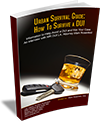

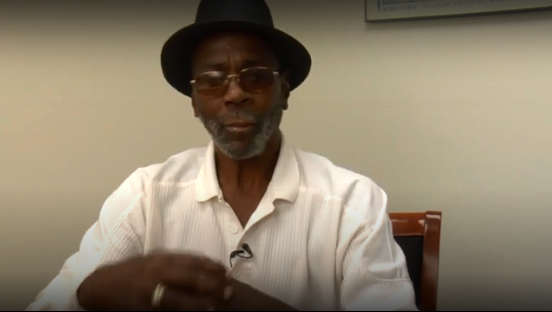
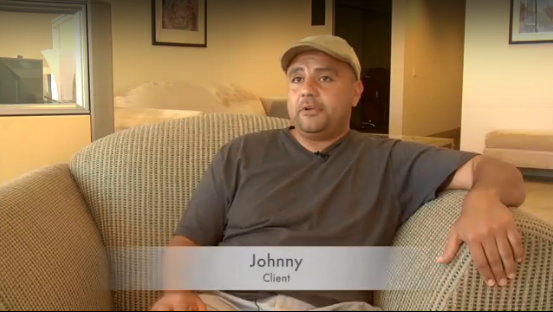
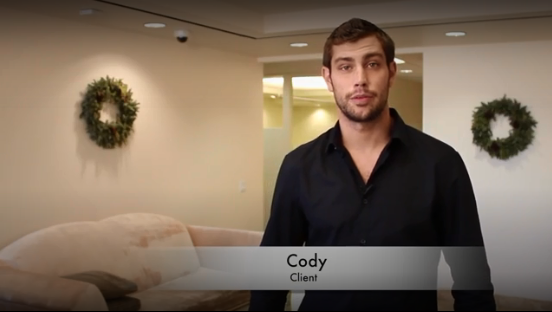
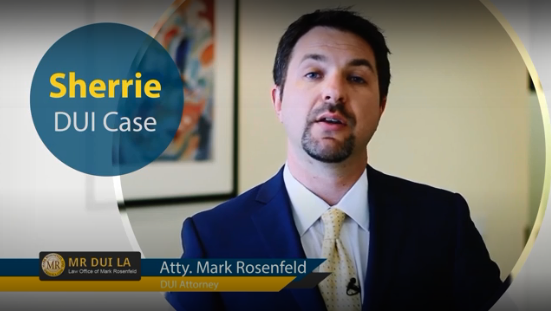
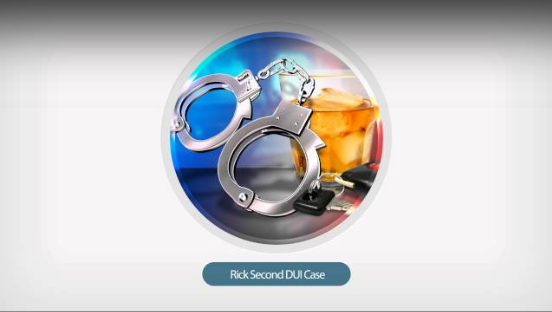
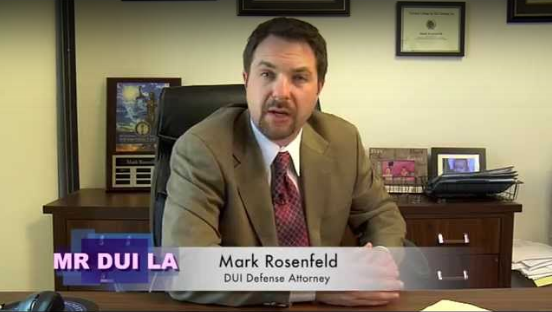
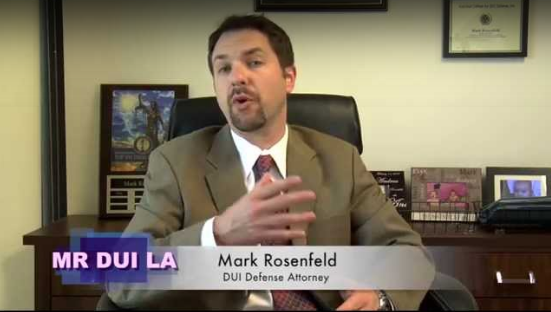

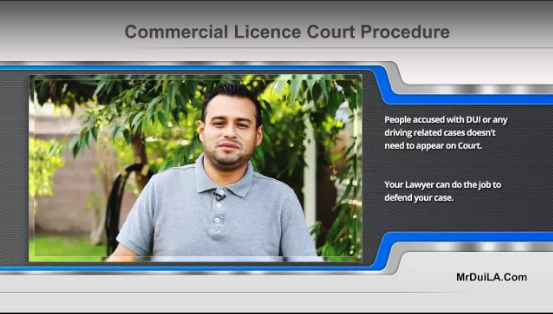
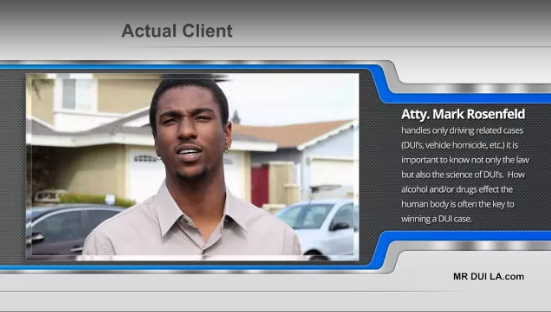
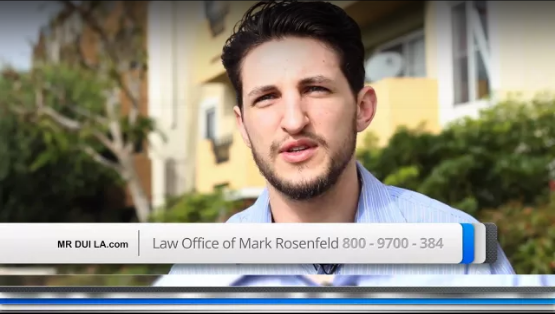
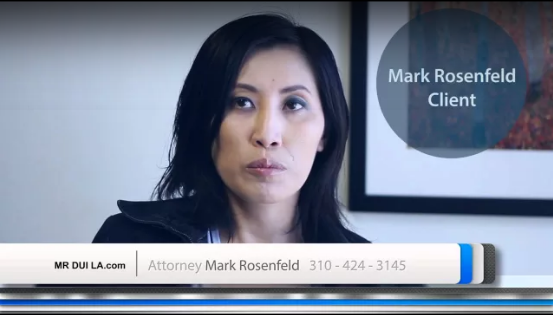
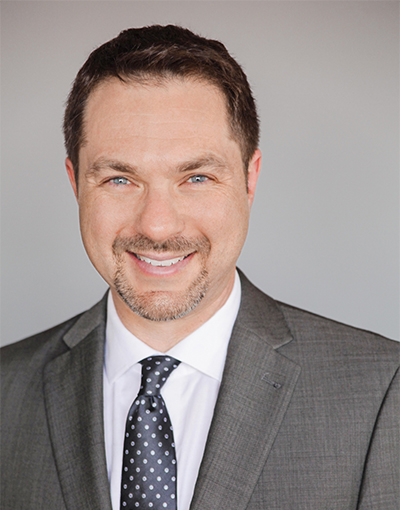
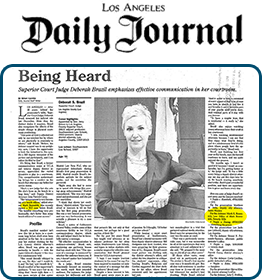
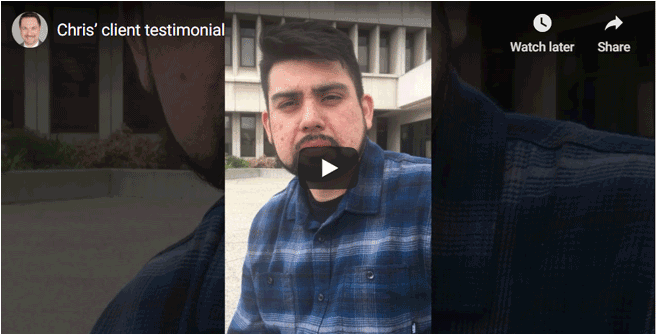

 Personal Attention
Personal Attention Every criminal case is unique and no attorney can guarantee the outcome of a case. The information on this site is legal advertising and for general information only. Using this site, requesting books, information, consultations or communicating with Attorney Rosenfeld through its site does not form an attorney/client relationship.
Every criminal case is unique and no attorney can guarantee the outcome of a case. The information on this site is legal advertising and for general information only. Using this site, requesting books, information, consultations or communicating with Attorney Rosenfeld through its site does not form an attorney/client relationship.








